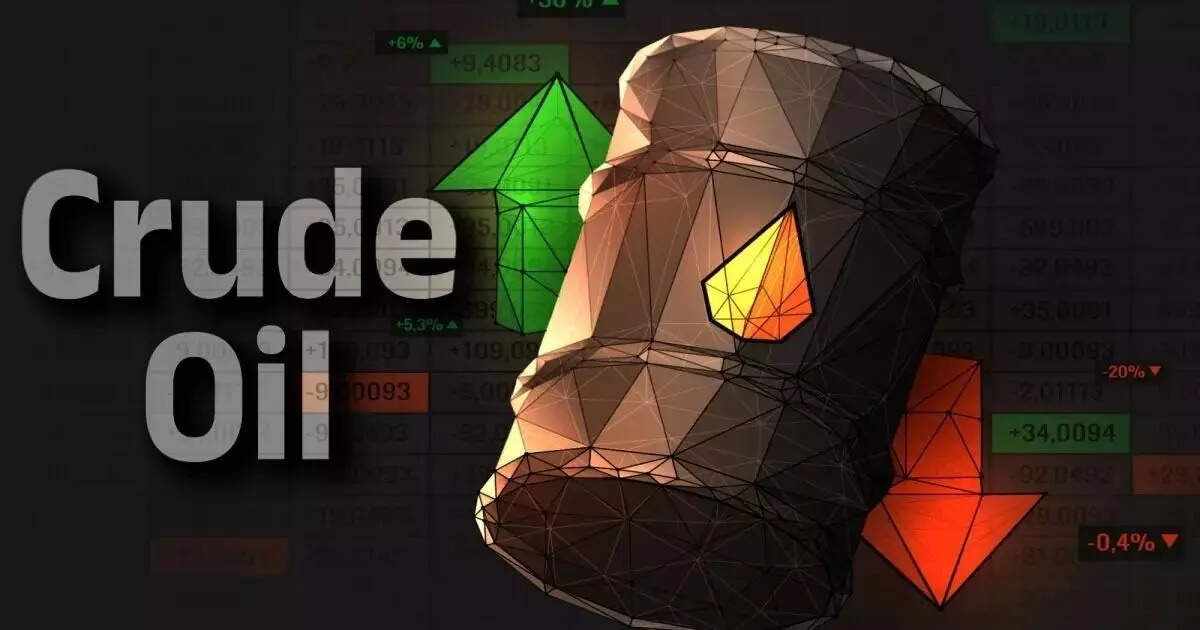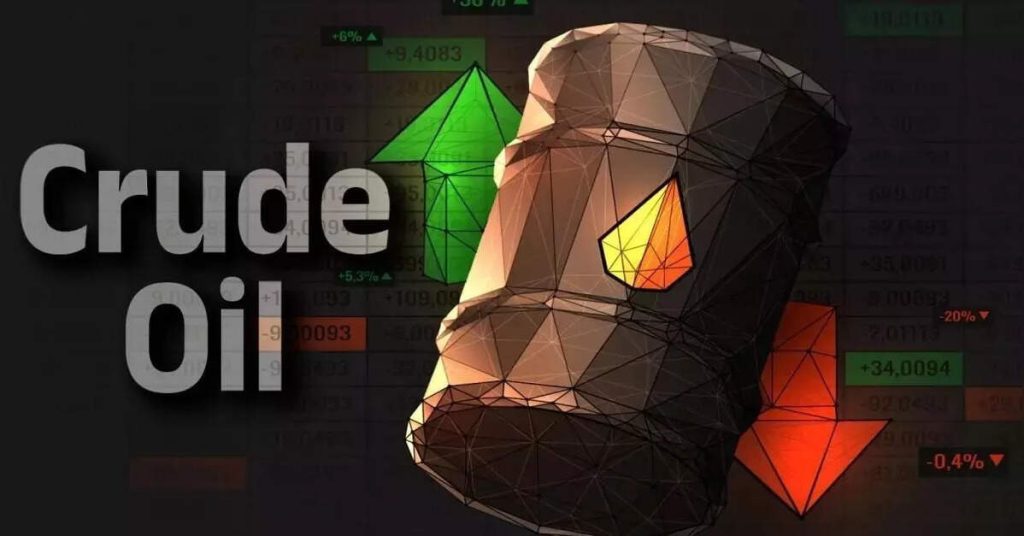
New Delhi: India’s oil minister Hardeep Singh Puri today asserted the country will continue sourcing oil from “wherever necessary” to safeguard its interests and ensure energy security. This comes days after U.S. President Donald Trump’s statement that countries purchasing Russian exports could face sanctions if Moscow fails to reach a peace agreement with Ukraine within 50 days
Speaking at Urja Varta 2025, a flagship upstream oil and gas conclave of the Directorate General of Hydrocarbons (DGH), Puri said the country feels “no pressure” and has enough supply options to ensure uninterrupted fuel availability even in turbulent times.
“We will buy from wherever we have to because the Prime Minister’s commitment is to the Indian consumer,” Puri said at a public discussion on India’s energy roadmap. Responding to the US threat, he added, “I don’t feel any pressure in my mind, and I don’t think my boss’s mind is wired to feel any pressure.”
Russia now supplies around 35 per cent of India’s crude oil, up from just 0.2% before the Ukraine conflict in early 2022. The minister said India has significantly diversified its sources—buying from 40 countries now compared to 27 earlier—and is ready for any global supply disruption, including a hypothetical closure of the Strait of Hormuz.
“We have 21 to 25 days of oil stock. Even if the Strait is closed for a few days, we can manage. I’m not unduly worried,” he said, adding that more oil is entering the global market from new players such as Brazil, Guyana and Canada.
Puri also dismissed concerns over a potential price cap breach on Russian crude. “Russian oil was never sanctioned, only capped. If we get oil below the cap, we will buy it. Why not? It benefits the consumer,” he said.
India currently imports energy worth $15 billion from the US and may increase it to $25 billion. The minister confirmed LPG imports from the US account for about 10% and pointed to new contracts under discussion with Norway’s Equinor and others.
Amid sanctions on Iran and Venezuela, Puri said oil from those countries continues to reach the market, though India has refrained from buying since 2019 due to international restrictions. “If it’s a sanction we have agreed to, we won’t violate it.”
Despite growing global pushback against fossil fuels, India is doubling down on domestic oil and gas exploration. The government has opened up 2.57 lakh square kilometres—its biggest ever offering—for bidding under the 10th round of the Open Acreage Licensing Policy (OALP). A total of 22 states are participating in the exploration drive.
“We had 3.5 million sq km of sedimentary area. We’ve already opened up 1 million sq km, including previously declared no-go zones,” Puri said, attributing the shift to clearance from defence and scientific agencies. “Earlier, DRDO and Navy would say, ‘no-go’. Now the PM has said, open it up.”
The government is also pushing for more private and global participation in oil exploration by compensating technical partners for surveys and offering first right of refusal on finds. “Petrobras is working with Oil India. We will pay them for services, and if oil is struck, they get priority,” he said.
The changes have been formalised under the revamped Overhaul of Oilfields Regulation and Development Act, replacing the 1948-era law. The new law introduces a single permit system, stability in lease conditions, and removes archaic clauses that hindered investment. Puri said, “It’s not about changing laws in Shastri Bhavan. We did wide stakeholder consultations, took global best practices, and made the changes.”
On enforcement, Puri said the government is taking action against firms that won blocks but failed to develop them. “Many companies sat on unrealistic bids for 10–12 years. We’re now cancelling those,” he said.
Asked if global majors will invest under the new regime, Puri said the investor mood has changed. “Earlier, no one wanted to explore. Now they see India as a long-term opportunity. The economic centre of gravity is shifting. India is growing at 6.5%—much faster than the economies we’ve overtaken.”
Though over 85 per cent of India’s crude demand is still met through imports, Puri said the ratio may gradually fall with rising domestic production, higher ethanol blending, and the adoption of green hydrogen and EVs. “We were at 1.4 per cent ethanol blending, now we’re at 20 per cent. Green hydrogen tenders are going below $4/kg. These changes will alter the energy basket,” he said.
Asked about the use of AI in oil sector operations, Puri said its adoption is growing in refineries and exploration, though data is still being compiled for a clearer impact assessment.
In the final stretch of the conversation, the minister addressed criticism of India’s continued investment in oil exploration. “In 1976, Shell predicted oil would peak by 2000. Today, no one will even say 2030 or 2040. Even as we transition, we need fossil fuels to bridge the gap. That’s the reality.”


